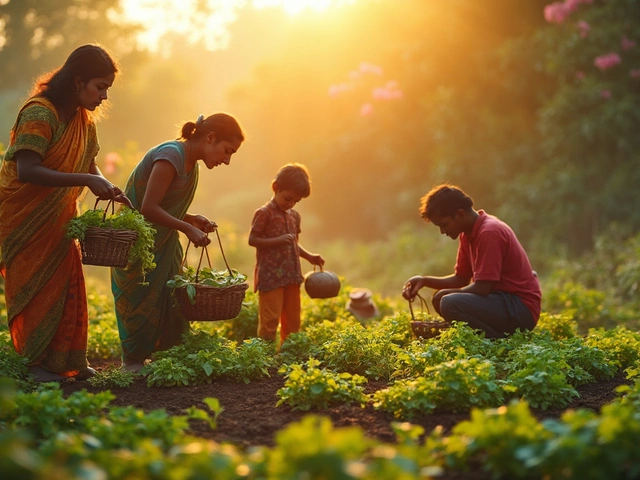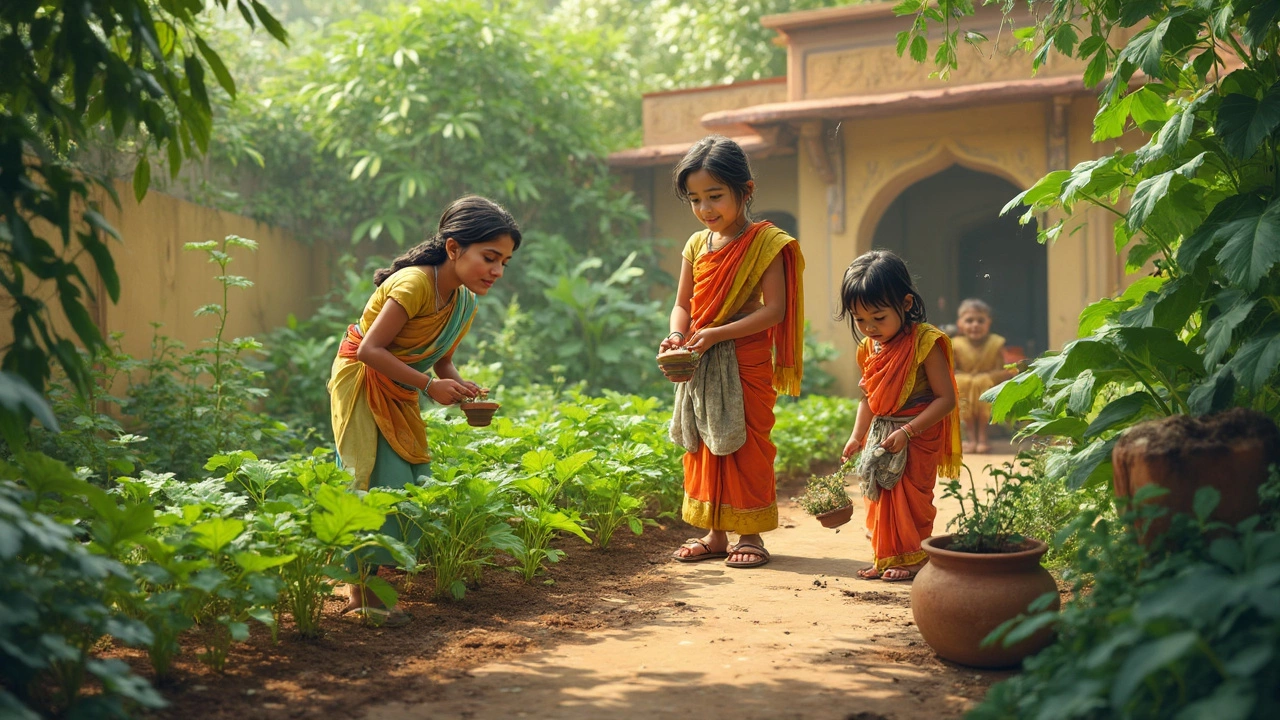Easy Home Gardening: Simple Tips to Get Started Today
If you think gardening is only for big yards, think again. A few pots on a balcony or a corner of your kitchen can become a thriving green space. The secret is keeping it simple, using what you have, and learning a few basics that work in any Indian home.
Start Small, Grow Fast
Pick one or two easy‑going plants. Herbs like mint, coriander, and basil love light and don’t need deep soil. For a splash of colour, try a pothos or spider plant – they tolerate low light and need only occasional watering. Plant them in recycled containers: plastic bottles, tin cans, or old teacups. Just drill a hole for drainage, add a mix of garden soil and compost, and you’re ready.
Watering is where most newbies slip up. Too much water drowns roots; too little dries them out. Stick your finger an inch into the soil – if it feels dry, water gently until it seeps out the bottom. For indoor pots, let tap water sit for a few hours to let chlorine evaporate; this helps delicate leaves stay healthy (see our post on "How Long to Let Tap Water Sit Before Watering Plants").
Keep It Green and Simple
Saving water is easy with drip irrigation. A simple drip line or a piece of soaker hose placed on a tray can feed multiple pots without waste. Our guide on "How Deep Should Drip Irrigation Lines Be Buried?" explains the basics, but for home use you can lay the line on the soil surface and cover it with mulch.
Compost is another game‑changer. Collect kitchen scraps – vegetable peels, coffee grounds (except for plants that hate them!), and dry leaves. Mix them into a small bin, turn weekly, and after a month you’ll have nutrient‑rich soil that boosts any plant. This also reduces waste and cuts down on buying fertilizers.
For pest control, skip chemicals. Sprinkle a bit of neem powder or spray soapy water on leaves to keep aphids at bay. If you notice pests, check our "Alternative Pest Control" article for more natural fixes.
Lastly, think about placement. South‑facing windows give the most light, perfect for herbs and succulents. If your balcony gets windy, add a windbreak – a bamboo screen or a tall plant can protect delicate seedlings.
With these bite‑size steps, you can turn any small space into a green haven. Remember, the goal isn’t perfection; it’s to enjoy watching life grow, even if it’s just a single mint leaf. Keep experimenting, share your progress, and soon you’ll have a garden that feels big, even in a tiny room.
Most Sustainable Vegetable to Grow: What Actually Wins?
Trying to grow your own food but want to make the most eco-friendly choice? This article breaks down which vegetable tops the list for sustainability, from how much water and space it needs, to how tough it is against pests. You'll get straightforward advice, fun facts, and simple tips that actually make a difference. Find out how your home garden can leave a lighter mark on the planet. Make your next crop count for both you and the earth.
About
Sustainable Gardening
Latest Posts
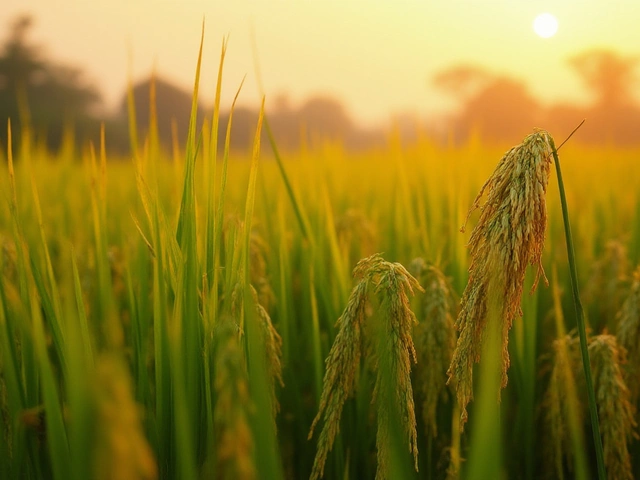
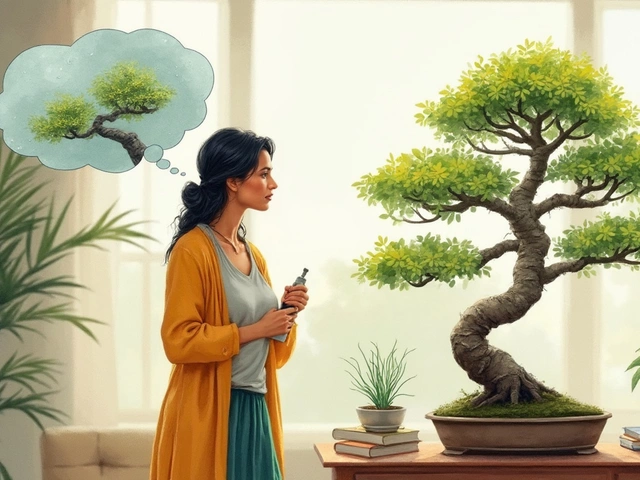
Should I Mist My Bonsai Tree? The Real Deal on Misting Bonsai
By Alden Thorne Jun 13, 2025
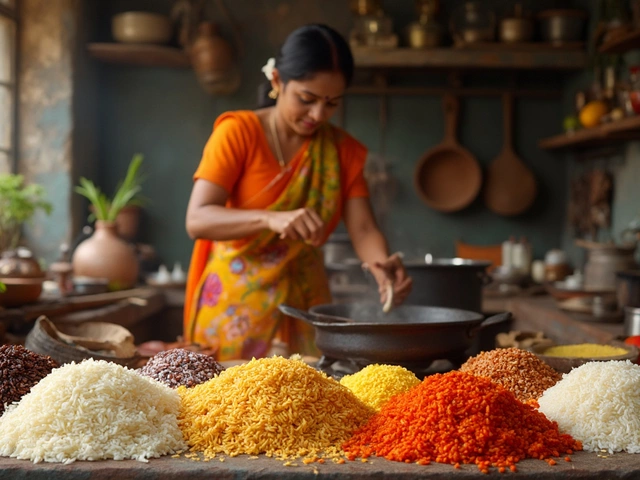
Why White Rice Might Spike Your Cholesterol Levels
By Alden Thorne Feb 16, 2025

Which Flower Is Most Grown in India? The Top Cultivated Bloom and Why It Dominates
By Alden Thorne Oct 30, 2025
